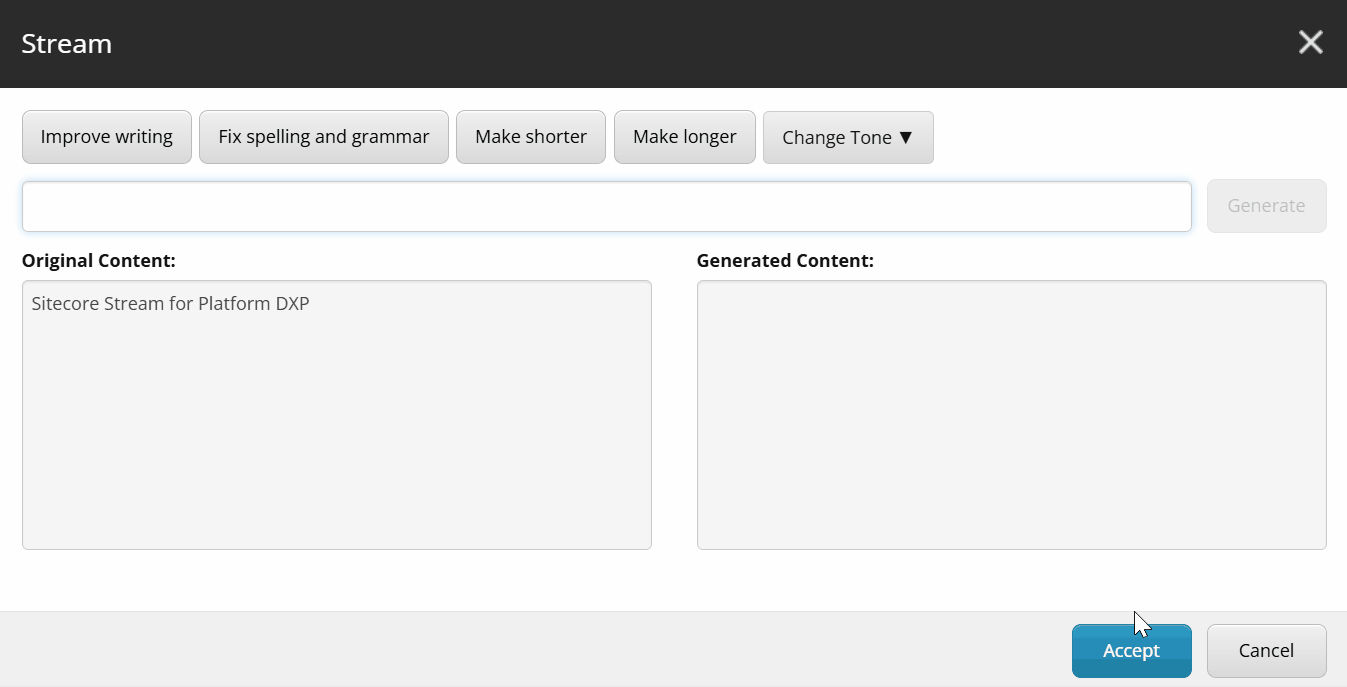There is a great article The Ultimate Guide to AI-Powered Development with Cursor: From Chaos to Clean Code that describes in detail how to integrate Cursor into your project. The article is pretty long, and after reading it, it would take a lot of time to set up everything exactly for your solution. Fortunately, there’s a way to lay a solid foundation within 5 minutes — because Cursor contextualizes best practices directly to your repository, generating rules that fit your code without manual adaptation.
Who This Is For
- Existing repositories (not greenfield projects)
- Developers who already use Cursor or Copilot
- Teams that want consistent AI behavior without heavy setup
Step 1/3
Open your solution in Cursor and do the next prompt:
Read via browser this article: https://medium.com/@vrknetha/the-ultimate-guide-to-ai-powered-development-with-cursor-from-chaos-to-clean-code-fc679973bbc4 and apply the best practices mentioned to my solution
Result:
Continue reading “Set Up Cursor for an Existing Repository in 5 Minutes”






